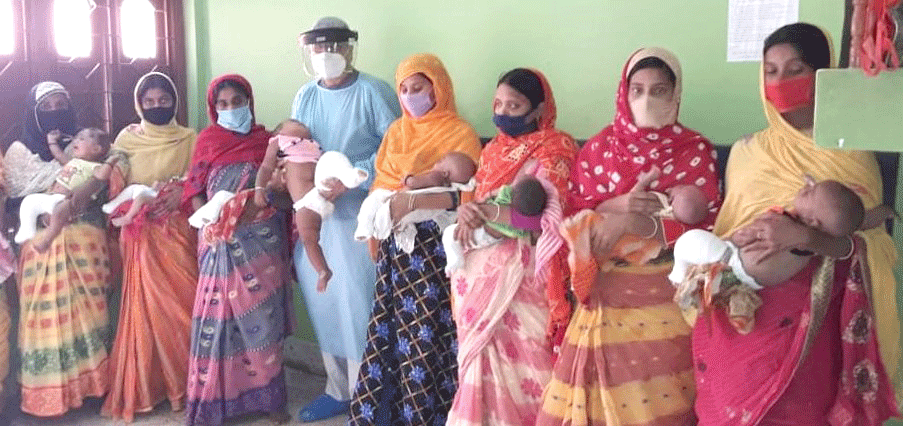Eight hundred-odd children in Malda can walk normally and enjoy better social life, thanks to Dr Debajyoti Das, a member of RC Mango City Malda, RID 3240. Das is an orthopaedic surgeon and has been passionate about treating children with clubfoot ever since he started practising in the 1980s. Clubfoot is a congenital disorder where one or both feet are twisted downward and inward, making them look like golf clubs. “In earlier days people hesitated to treat this congenital disorder owing to superstitious beliefs, religious myths and illiteracy, and the children grew up into physically-challenged adults. This condition can easily be corrected if treated early,” he says.

Even as he was treating some children, “which required a lot of convincing the family”, he thought that it would be easier if he could get some support for advocacy and “that’s how I joined Rotary in 2011.” Since then, the club has been regularly organising 4–5 clubfoot detection and treatment camps every year and he began treating children in his clinic without consultation charges. The club sponsors the consumables required including splints. “The procedure is expensive and a burden on cash-strapped families. So they consider it a boon when my club helps them give their children dignity,” says Das. Special awareness programmes on club foot correction are included during PolioPlus National Immunisation Days to encourage parents to bring their child for treatment.
The correction process is lengthy and extends to 3–5 years. It involves applying a toe-to-groin PoP cast on the leg with clubfoot after gently manipulating the ligaments and tendons. After a few weeks splints are put in place to slowly bring the feet to position and to prevent relapse. As the child grows, the foot/feet also grow and the splints need replacement every three months, for up to four years, depending on the severity. “It is always better to start treatment when the child is as young as even a week-old as the bones will be flexible. For children beyond one year of age, surgery may have to be done under general anaesthesia. Local anaesthesia cannot be used as the child is too small to remain still,” says Das. Once the correction is done, these children can walk normally.
Follow up is done meticulously to ensure that the splints are changed in time, and special camps are organised to take care of the details.





